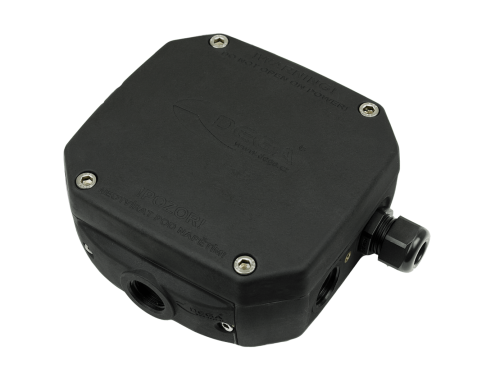Basic Gas Detection Methods:
CL – catalytic sensor (Pelistor)
Works on the principle of catalytic combustion the gas concentration is measured in accordance with the amount of heat released during a controlled combustion reaction. The reaction is prompted by a suitable temperature and the presence of a catalyst. These sensors can be used for the detection of a wide range of combustible gases.
The sensors are characterised by their fast response, long life and high degree of stability. For their proper functioning they require at least 10% of the oxygen in the air. The transmitter sensor is sensitive to compounds of silicon, the introduction of which can result in poisoning of the sensor.
EL – electrochemical sensor
This operates on the principle of measurement of the change in the electrical parameters of electrodes placed in electrolyte, due to the redox reaction of detected gas on their surface. These sensors have a favourable selectivity and the capacity to detect very low concentrations of gases. In the DEGA systems they are utilised primarily for the detection of toxic gases.
Basic Gas Detection Methods:
CL – catalytic sensor (Pelistor)
Works on the principle of catalytic combustion the gas concentration is measured in accordance with the amount of heat released during a controlled combustion reaction. The reaction is prompted by a suitable temperature and the presence of a catalyst. These sensors can be used for the detection of a wide range of combustible gases.
The sensors are characterised by their fast response, long life and high degree of stability. For their proper functioning they require at least 10% of the oxygen in the air. The transmitter sensor is sensitive to compounds of silicon, the introduction of which can result in poisoning of the sensor.
EL – electrochemical sensor
This operates on the principle of measurement of the change in the electrical parameters of electrodes placed in electrolyte, due to the redox reaction of detected gas on their surface. These sensors have a favourable selectivity and the capacity to detect very low concentrations of gases. In the DEGA systems they are utilised primarily for the detection of toxic gases.

